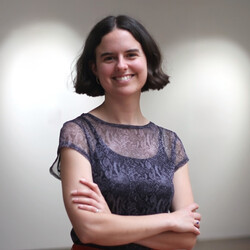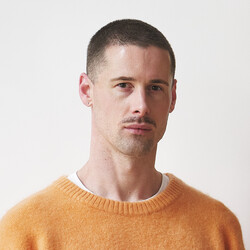B.180
B.
Bulletin
New Zealand's leading
gallery magazine
Latest Issue
B.22001 Jun 2025
Contributors

Article

The book as alternative economy and alternative space
In Printed Matter's 1981 mail-order catalogue, artist Edit deAk enthusiastically described the 'many hands at work in the process of making and marketing the book'. Turning the spotlight on individuals and groups involved in the production, distribution and sale of books by artists, deAk likened independent art publishing to activities 'like filmmaking or rock 'n' roll music.' While such comparisons with filmmaking have been relatively scarce over the past few decades, artists, publishers, designers and critics have continued to draw parallels between art publishing and independent music.
Commentary
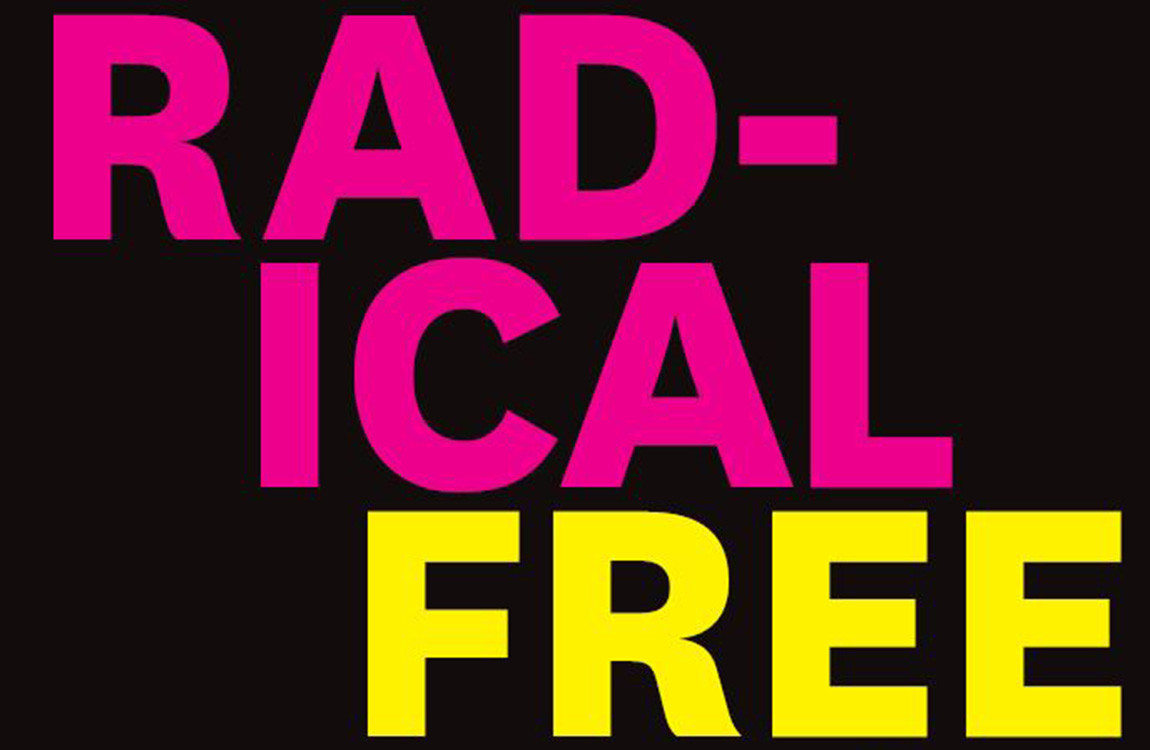
Radical freedoms
The recent furore around Eleanor Catton's comments in the wake of the NZ Post Book Awards, and the tone of the subsequent debate that ensued, has prompted us to think again about the role of the public intellectual in New Zealand. In our role as visual archivists of this city, and this country, critical reflections on the contemporary are something we frequently expect of artists. But to what degree do artists exercise their individual freedom to radically question community values? And who claims this role for artists and in what situations?
Article
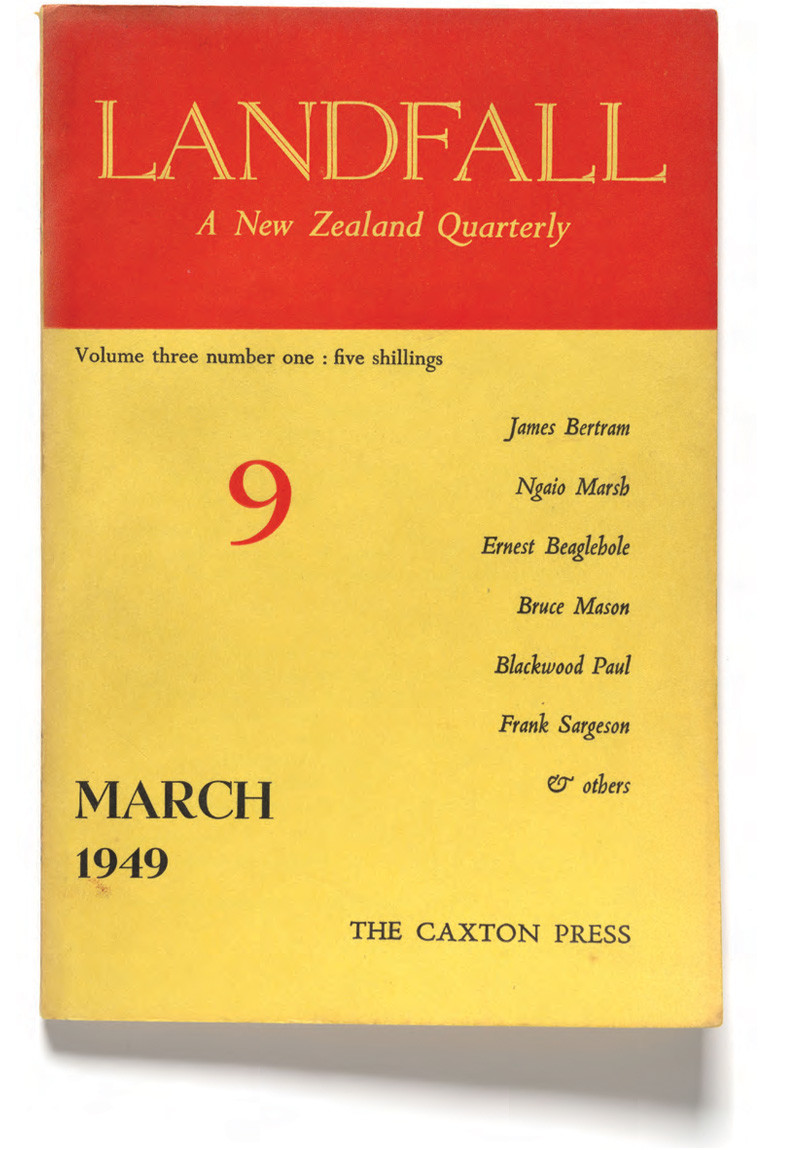
Tomorrow, Book, Caxton Press, Landfall
In the decades before and after the Second World War, Christchurch experienced a remarkable artistic efflorescence that encompassed the visual arts, literature, music, theatre and the publishing of books and journals. And the phenomenon was noticed beyond these islands. For instance, in his 1955 autobiography, English publisher and editor of Penguin New Writing and London Magazine, John Lehmann, wrote (with a measure of exaggeration, perhaps) that of all the world’s cities only Christchurch at that time acted ‘as a focus of creative literature of more than local significance’.
Article
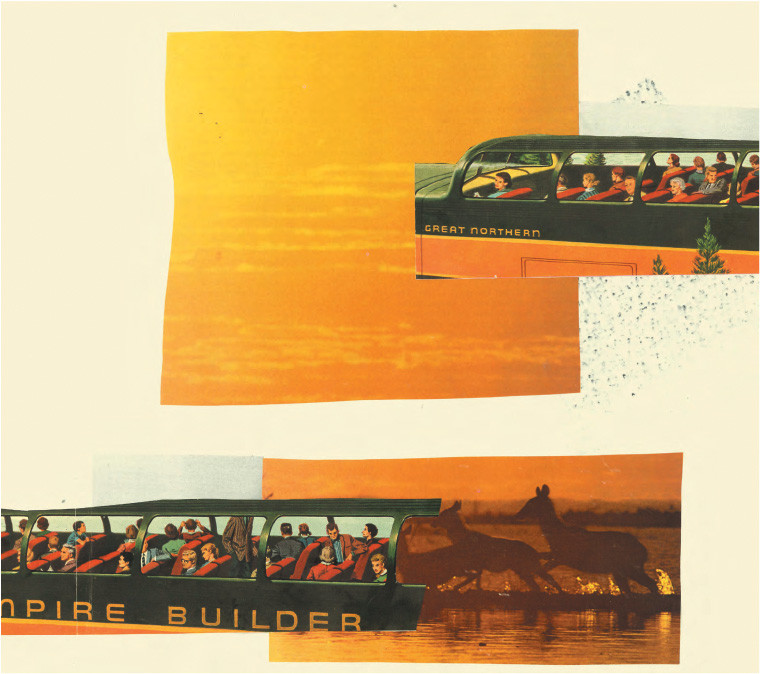
An invitation to participate
You might be well aware of fanzines as a form of analogue self-publishing in and around your own arts community. Or they might be somewhat peripheral to the particularity of your engagement with the arts.
For the uninitiated, the word fanzine is often shortened to zine, and is pronounced 'zeen', as in 'magazine'. This abbreviation doesn't merely signal a growing ubiquity, or an economy of syllables for those (like myself) who say or write the word a lot, it also speaks to the shift away from fandom to a growing eclecticism – bringing the lie to anyone attempting to describe zines as a genre.
My Favourite

Lonnie Hutchinson's sista7
I am writing about a favourite piece from the Gallery’s collection in autumn 2015, when that collection is in storage and the Gallery is closed at least until Christmas, so I’m prompting memory by consulting the online catalogue. It’s brilliant: hundreds of images, 90 percent of the entire 7,000 collection, but to be honest, it feels a bit odd.

